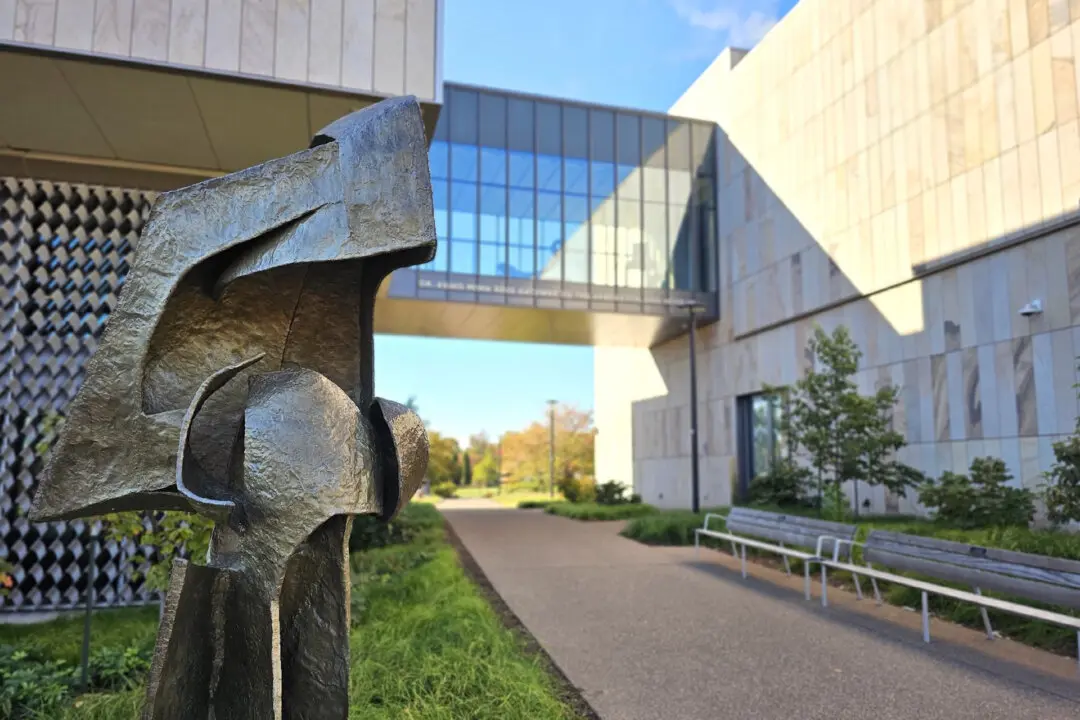One morning I take a sightseeing drive through a neighborhood of palatial mansions with three- and four-car garages that house Cadillacs and other top-of-the-line automobiles. That afternoon I enjoy a thrilling airboat ride through mangrove swamps, where I spot alligators and an aviary-worthy variety of birds, followed by time working on my tan at a lovely white sand beach.
Naples, nestled among tropical wilderness in the southwest corner of Florida, has variety enough to suit any taste. No wonder it, nearby Marco Island, and the Everglades tout themselves as “Florida’s Paradise Coast.”





